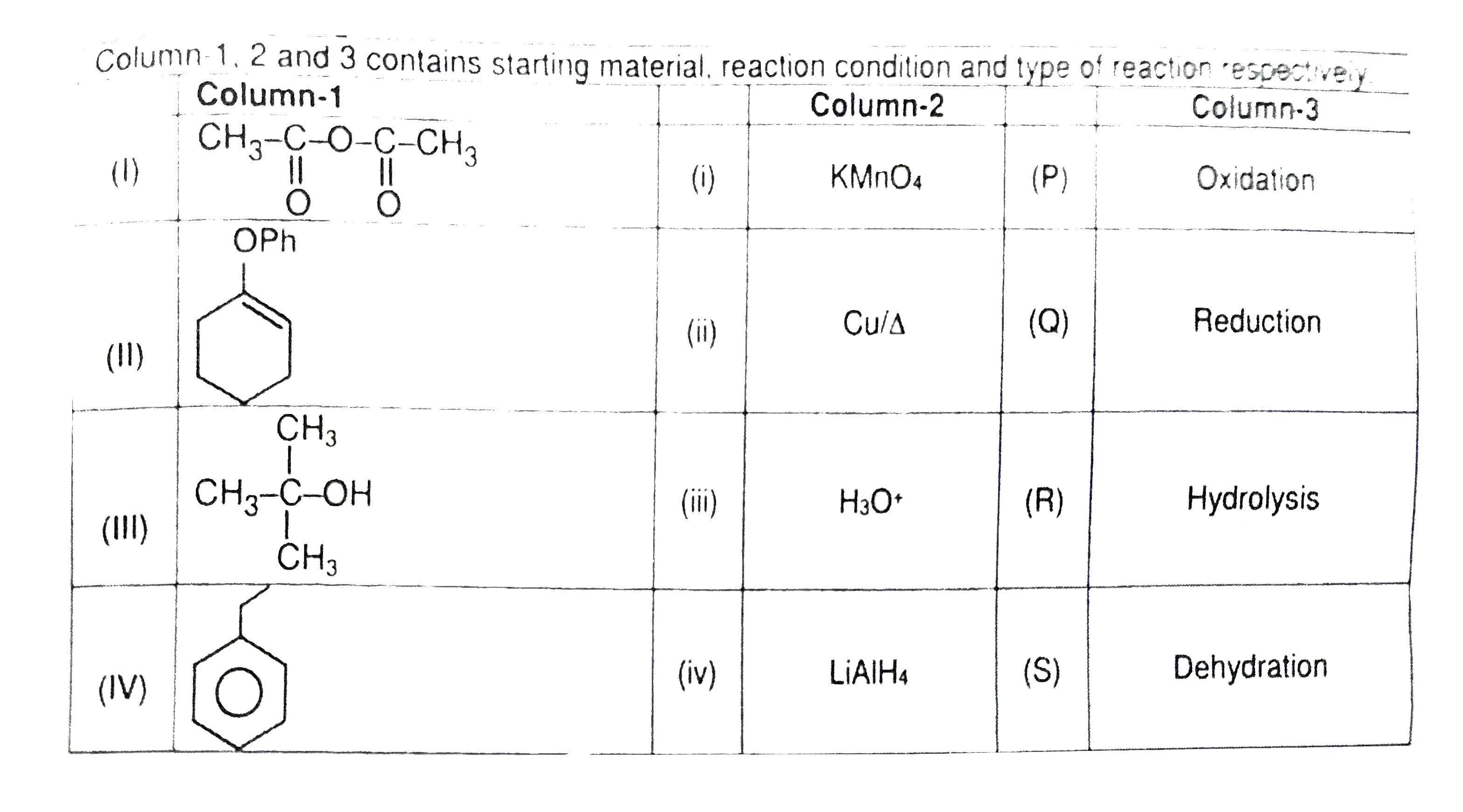Which one of the following combinations of radioactive decay results in the formation of an isotope of the original nucleus?
One alpha and four beta
One alpha and two beta
One alpha and one beta
Two alpha and one beta
The correct Answer is:B
To solve the question "Which one of the following combinations of radioactive decay results in the formation of an isotope of the original nucleus?", we need to analyze each option based on the definitions of isotopes and the effects of different types of radioactive decay.
1. Understanding Isotopes:
- Isotopes are nuclei that have the same atomic number (Z) but different mass numbers (A). Therefore, for a decay process to result in an isotope, the atomic number must remain unchanged while the mass number may change.
2. Analyzing the Options:
- We will analyze each option to see if the atomic number remains the same after the decay process.
3. Option A: 1α and 4β:
- An α particle (1α) is equivalent to a Helium nucleus (He²⁴), which decreases the atomic number by 2.
- A β particle (4β) represents 4 beta decays (each β decay increases the atomic number by 1).
- Total change in atomic number: Z - 2 (from α) + 4 (from β) = Z + 2.
- Result: Not an isotope (Z changes).
4. Option B: 1α and 2β:
- 1α decreases the atomic number by 2.
- 2β increases the atomic number by 2 (2 beta decays).
- Total change in atomic number: Z - 2 + 2 = Z.
- Result: The atomic number remains the same, hence it results in an isotope.
5. Option C: 1α and 1β:
- 1α decreases the atomic number by 2.
- 1β increases the atomic number by 1.
- Total change in atomic number: Z - 2 + 1 = Z - 1.
- Result: Not an isotope (Z changes).
6. Option D: 2α and 1β:
- 2α decreases the atomic number by 4.
- 1β increases the atomic number by 1.
- Total change in atomic number: Z - 4 + 1 = Z - 3.
- Result: Not an isotope (Z changes).
7. Conclusion:
- The only option that results in the formation of an isotope of the original nucleus is Option B: 1α and 2β.
Final Answer:
Option B: 1α and 2β results in the formation of an isotope of the original nucleus.
---
- Isotopes are nuclei that have the same atomic number (Z) but different mass numbers (A). Therefore, for a decay process to result in an isotope, the atomic number must remain unchanged while the mass number may change.
- We will analyze each option to see if the atomic number remains the same after the decay process.
- An α particle (1α) is equivalent to a Helium nucleus (He²⁴), which decreases the atomic number by 2.
- A β particle (4β) represents 4 beta decays (each β decay increases the atomic number by 1).
- Total change in atomic number: Z - 2 (from α) + 4 (from β) = Z + 2.
- Result: Not an isotope (Z changes).
- 1α decreases the atomic number by 2.
- 2β increases the atomic number by 2 (2 beta decays).
- Total change in atomic number: Z - 2 + 2 = Z.
- Result: The atomic number remains the same, hence it results in an isotope.
- 1α decreases the atomic number by 2.
- 1β increases the atomic number by 1.
- Total change in atomic number: Z - 2 + 1 = Z - 1.
- Result: Not an isotope (Z changes).
- 2α decreases the atomic number by 4.
- 1β increases the atomic number by 1.
- Total change in atomic number: Z - 4 + 1 = Z - 3.
- Result: Not an isotope (Z changes).
- The only option that results in the formation of an isotope of the original nucleus is Option B: 1α and 2β.
Option B: 1α and 2β results in the formation of an isotope of the original nucleus.
Topper's Solved these Questions
- THE NUCLEUSBOOK - RESNICK AND HALLIDAYCHAPTER - THE NUCLEUSEXERCISE - PRACTICE QUESTIONS (More than One Correct Choice Type)
22 Videos
- THE NUCLEUSBOOK - RESNICK AND HALLIDAYCHAPTER - THE NUCLEUSEXERCISE - PRACTICE QUESTIONS (Linked Comprehension)
12 Videos
- THE NUCLEUSBOOK - RESNICK AND HALLIDAYCHAPTER - THE NUCLEUSEXERCISE - PROBLEMS
66 Videos
- THE KINETIC THEORY OF GASESBOOK - RESNICK AND HALLIDAYCHAPTER - THE KINETIC THEORY OF GASESEXERCISE - PRACTICE QUESTIONS
72 Videos
- UNITS AND MEASUREMENT BOOK - RESNICK AND HALLIDAYCHAPTER - UNITS AND MEASUREMENT EXERCISE - PRACTICE QUESTIONS (MATRIX-MATCH)
11 Videos
Similar Questions
Knowledge Check
Which one of the following combinations of radioactive decay results in the formation of an isotope of original nucleus ?
AOne alpha, four betaBOne alpha, two betaCOne alpha, one betaDFour alpha, one betaWhich one of the following is not a mode of radioactive decay?
AElectron emissionBAlpha decayCFusionDGamma emissionWhich of the following combination of sides results in the formation of obtuse angled triangle?
A6,7,13B5, 6, 8C4, 5, 6DNone of these
Which of the following combination of sides results in the formation of obtuse angled triangle?
View SolutionThe radioactive decay follows
View SolutionWhich of the following isotope of hydrogen is radioactive ?
View Solution
Which of the combination of reaction result in formation of an alkene.
View SolutionWhich of the following isotopes will shows radioactive disintegration?
View Solution
